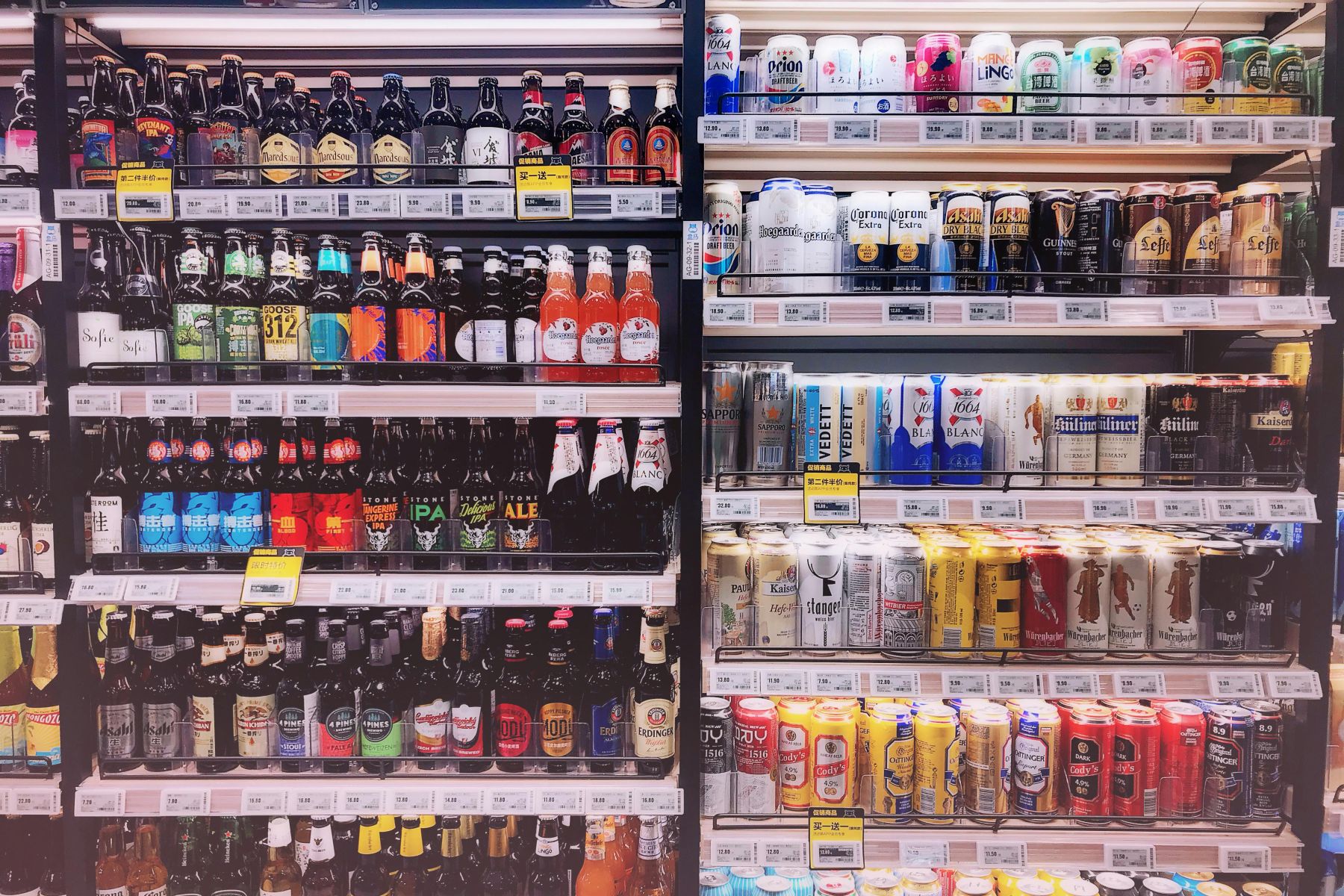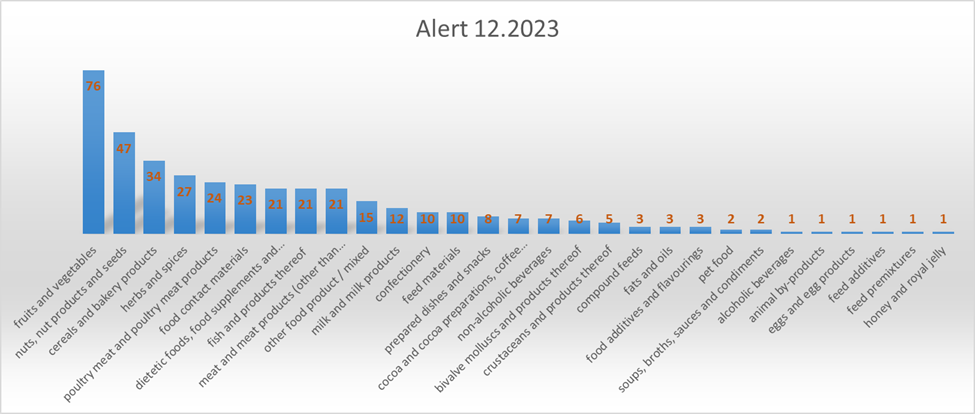On 3 February 2025 Commission Regulation (EU) 2025/195 of 3 February 2025 amending Annex II to Regulation (EC) No 396/2005 of the European Parliament and of the Council as regards maximum residue levels for Fenbuconazole and Penconazole in or on certain products:
- For fenbuconazole is no longer approved in the Union. Therefore, the existing MRLs should be lowered in or on certain products. In addition, the maximum residue levels for fenbuconazole in Teas is increased because the Authority did not identify risks for consumers in the Union, and for which the Union therefore did not present a reservation to the Codex Committee on Pesticides Residues, the CXLs (Codex maximum residue limits) can be considered safe. Specifically:
|
Foods |
MRL after |
MRL current |
|
Grapefruits |
0.5 |
0.7 |
|
Oranges |
0.5 |
0.9 |
|
Grapes |
0.01 |
1.5 |
|
Bananas |
0.01 |
0.05 |
|
Sweet peppers/bell peppers |
0.01 |
0.6 |
|
Watermelons |
0.01 |
0.3 |
|
Sunflower seeds |
0.01 |
0.05 |
|
Wheat |
0.01 |
0.1 |
|
Teas |
30 |
0.05 |
|
Milk |
0.01 |
0.05 |
- For penconazole, The Authority confirmed that the higher MRL is safe for consumers, and therefore the existing MRL should be raised. For apricots, peaches, table and wine grapes from which lower MRLs can be derived. Specifically:
|
Foods |
MRL after |
MRL current |
|
Apples |
0.3 |
0.15 |
|
Pears |
0.3 |
0.15 |
|
Loquats/Japanese medlars |
0.3 |
0.7 |
|
Apricots |
0.07 |
0.08 |
|
Peaches |
0.07 |
0.15 |
|
Grapes |
0.4 |
0.5 |
|
Blackberries |
0.4 |
0.1 |
It shall apply from 24 August 2025.
Please see detail in the link: https://eur-lex.europa.eu/eli/reg/2025/195/oj/eng


